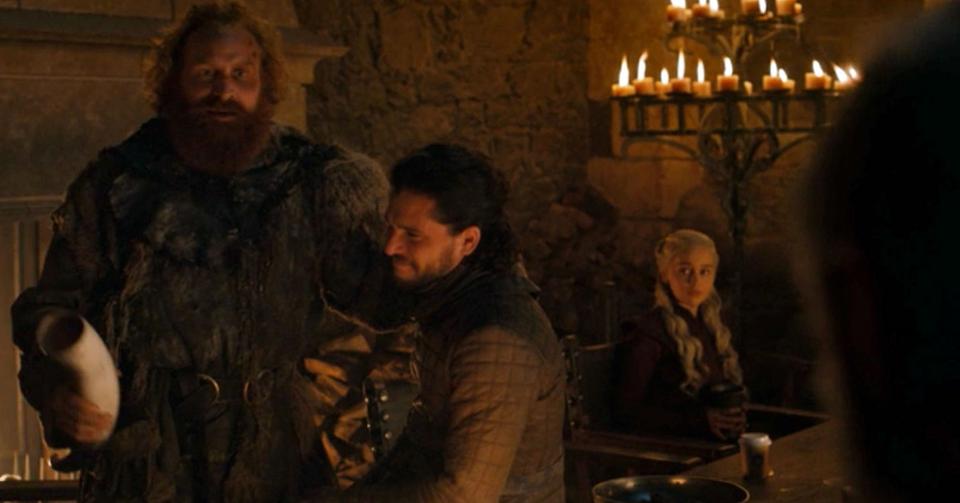What is Continuity?
Successful application of the principal of continuity can make the difference between a professional, well-done piece of filmmaking and an amateurish one
(by Tonya Tannenbaum)

Continuity, as it relates to on-camera acting, is the effort to create the illusion of one continuous time and space, even though the process of filming the scene might have happened over a long period of time or at different locations.
Actors who perform on camera must strive for “continuity”. That is to say, they must strive to give the audience the false impression that they are watching one ongoing scene, by matching the movements, timing, delivery, language, costume, prop usage, etc. in each take. From one take to the next, from one camera angle to the next, the audience needs to believe they are watching one continuous stream.
This is, of course, an illusion because the scene the audience watches might have been filmed over the course of many hours, perhaps even over the course of several days. There might have been many takes, even for a small piece of dialogue. There might also have been long breaks in-between, to set-up cameras, change lighting, change wardrobe, or simply to eat lunch.
Continuity Errors in Performance
*In one shot, an actress delivers her parting lines while looking over her left shoulder. In another shot, the actress delivers the lines while looking over her right shoulder. If the error is not corrected, the actress will be seen delivering the same block of lines while looking over both shoulders.
This is a hypothetical example of what can go wrong when continuity is not properly observed in an acting performance.

Continuity Errors in Wardrobe
*In a wide shot, an actress is seen wearing a scarf. After the wide shot is filmed, the crew breaks for lunch. One hour later, the actress prepares to do the same scene in a close-up shot. Since the previous shot was an hour ago, the actress forgets that she must perform this close-up with her scarf on, to match what has already been filmed in the wide shot. If the error is not corrected, the actress will be seen speaking her lines both wearing, and not wearing, her scarf.
This is an example of what can go wrong when continuity is not properly observed with wardrobe.
For this reason, most large productions take wardrobe pictures of actors each time there is a major break in filming, to ensure the wardrobes used are consistent.
Continuity Errors Using Props
*In one shot, an actor picks up a glass of water and takes a drink with his left hand. In another shot, he picks it up with his right hand. If the error is not corrected during the filming or editing process, the actor will be seen speaking the same set of lines with the glass in both his left and right hand.
Since this would be impossible in real life – a person cannot hold the same glass in one hand and the other hand, simultaneously – the illusion that the audience is looking at one continuous scene is shattered.
Continuity is so important that most major film projects have a dedicated, non-actor, continuity person who monitors the actor’s performances, wardrobe and prop usage and diligently works to ensure that each take matches the next take. Successful application of the principal of continuity can make the difference between a professional, well-done piece of filmmaking and an amateurish one.
Update:

(Game of Thrones/Starbucks faux pas)
The recent Game of Thrones/Starbucks faux pas is an example of why continuity is so important. In Episode 4 of the final season of Game of Thrones, Daenerys Targaryen (played by Emilia Clarke) is celebrating her victory over the Night King, with her allies. At some point during the filming, Clarke began drinking a latte from a Starbucks cup and forgot to remove the cup from view before filming resumed.
The result: one of the biggest cinematic and continuity mistakes in history and an estimated $2 billion in free advertising for Starbucks!
You Might Also Like:
3 Main Types of Commercials



